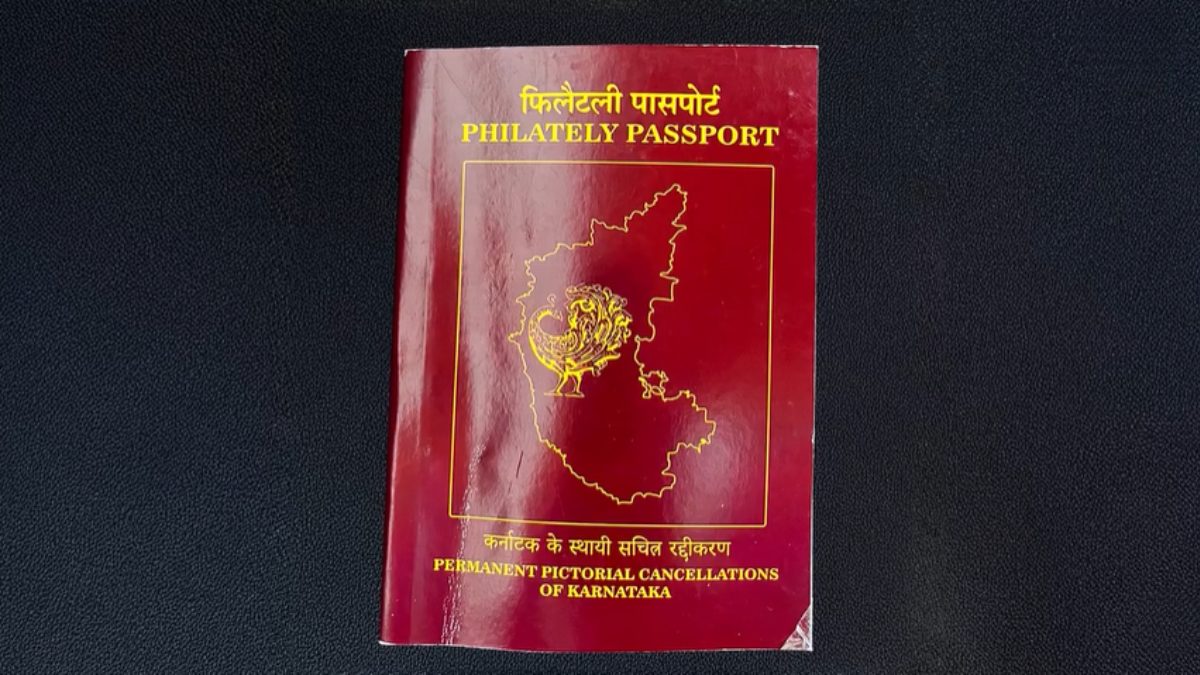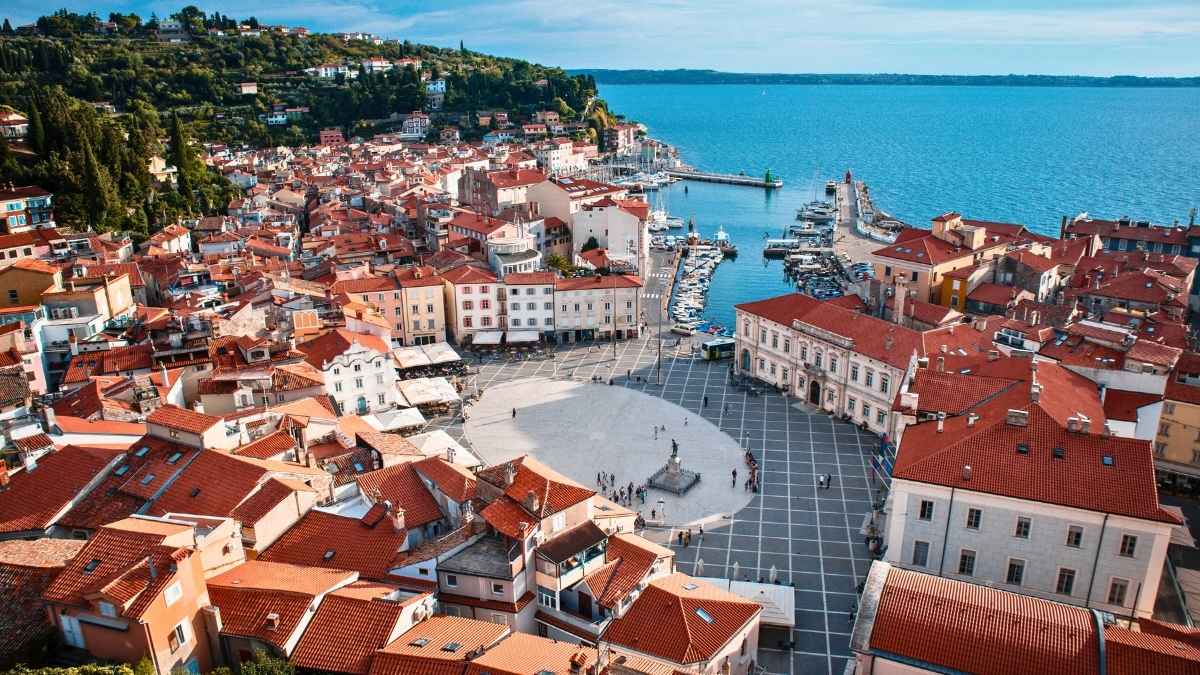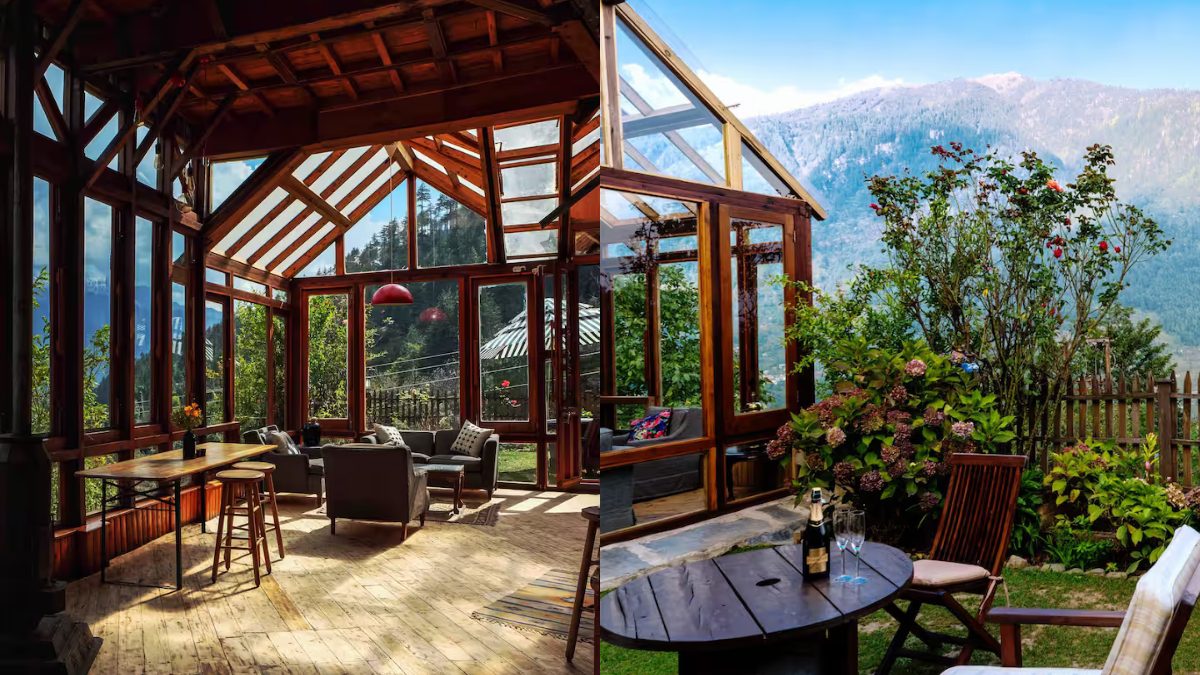Nestled in the verdant landscapes of Phrae province, Thailand lies the quaint town of Ban Thung Hong. The traditional Thai cloth known as mo hom is being revived by the people of Ban Thung Hong in Phrae province. The fabric is soaked in the indigo plant’s stem and leaves.
Resurgence Of Mo Hom Fabric
One of the most popular souvenirs that you get from Thailand is the traditional indigo dyed cloth called Mo Hom. In Ban Thung Hong, a village in Phrae, you can get a chance to not only witness the art of indigo dyeing, but also take part in it and design your own apparel. pic.twitter.com/LWhYpCLH0R
— Tourism Thailand (@tat_india) October 2, 2019
Additionally, Indigo has directly increased tourism in Phrae. Though it’s unlikely that the name mo hom will instantly come to mind, if you spend time in Thailand, you’ll notice that locals wear a lighter-weight, more tropical version of denim—perfect for the country’s environment. In northern Thailand, Phrae is known for its blue mo hom shirts.
The village of Ban Thung Hong and the community of artists who make Thailand’s most well-known mo hom goods are located about 4 km north of Phrae. The main road of Ban Thung Hong is lined with rows of indigo-blue shirts that dangle from shopfronts and hang on rails, indicating the establishment’s location. This is where mo hom originated traditionally, thus chances are excellent that if you see someone wearing a mo hom shirt anyplace in Thailand, it was created here.
The Thai Phuan people are skilled in producing mo hom; their ancestors originated in the Phuan kingdom in Laos, where the women were known for their proficiency in the different steps needed to create clothing, such as spinning, weaving, dying, and embroidery. Because of the passing down of this expertise from generation to generation, the mo hom fabric and shirts have come to represent Phrae with pride.
Also Read: With 60% More Bookings For Thailand, Airbnb Launches A Creative Guide To Bangkok
How Is It Made?
Aujourd'hui atelier teinture indigo chez Ban Pa Ngiam pour faire ma chemise "Mo Hom". La province de #Phrae est réputée pour ces habits. #Thailande #voyage #artisanat pic.twitter.com/h4WaGrGOI7
— Thailandee.com (@Thailandee_com) October 6, 2018
The steps involved in creating indigo dye are time-consuming and take three to four days: harvesting, soaking, fermenting, oxidizing, filtering, gathering the indigo sludge, setting up the vat, and dying. Regrettably, the contemporary world has suffered from the overuse of synthetic indigo, since the waste products contaminate rivers, harm local ecosystems, and endanger public health. This makes it even more crucial for customers and visitors to buy goods created morally by regional artisans to support these people’s lives.
Though they are very common in northern Thailand, these garments are mostly used for work. They are available in a range of cuts, including skirts, pants, dresses, blouses, and shirts. Although it’s the indigo collarless shirts, known as seua mo hom, which are the most famous symbol of the village, the workers there also make a range of products in different shades of blue including scarves, shawls and bags.
If you’re seeking an authentic Thai souvenir, check out mo hom items.
Cover image credits: Wikimedia Commons
First Published: April 05, 2024 11:11 PM




